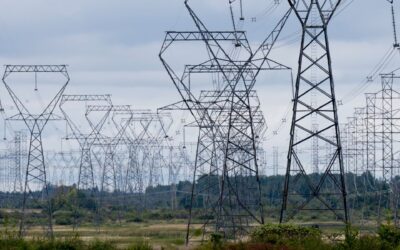The Parliamentary Budget Office (PBO)’s latest effort to quantify the economic effects of carbon pricing has significant flaws that lead to mistaken conclusions.
But before we dive into the flaws, let’s start with what it gets right: The PBO confirms that 80 per cent of Canadian households will get more money back than they pay in most provinces. Climate Action Incentive rebates are lowering costs. They ensure carbon pricing is fair for lower-income Canadians. And they maintain incentives for Canadians to save even more by reducing emissions and avoiding the carbon price. These “fiscal costs” are (still) a legitimate part of the story. Moreover, this finding is consistent with previous assessments.
But the PBO assesses the broader “economic costs” in a misleading way. It fails to consider economic benefits of carbon pricing and the costs of climate inaction, both in terms of stabilizing the climate and competing in a global economy racing to net zero. Those broader factors are a huge part of the actual cost-benefit analysis around carbon pricing.
Here’s another fact: Canadians already pay roughly $720 a year for climate-related damages. Those costs will keep rising (to around $2,000 a year by 2050) as climate impacts get more extreme. Canada needs to do its part to curb emissions. That’s why we have carbon pricing in the first place. Those costs also bear out for the economy as a whole: they add up to $25 billion dollars in lost GDP in 2025, equal to half a year of growth.
Yet the PBO ignores Canada’s climate objectives. It could have considered the benefits of reducing emissions in avoided climate impacts. Or it could have assessed costs of carbon pricing relative to other policy options—after all, the greatest advantage of carbon pricing is that it reduces emissions at the lowest cost. Instead, the PBO compares costs relative to a world in which Canada simply ignores its emissions—and faces no consequences. Obviously, that world does not exist.
A third fact: 92 per cent of global GDP is produced by countries working to reach net zero. The U.S. is channeling nearly US$370 billion into clean growth through the Inflation Reduction Act, and the European Union is following suit, building on its Green Deal plan. Combined with the clean growth measures in the latest federal budget, Canada’s carbon price is a comparative advantage and will help attract low-carbon investment.
Yet PBO’s modelling fails to fully account for these benefits too. Its model is grounded in the economy of yesterday, and doesn’t account for how global markets are shifting—no matter what Canada does—toward low-carbon growth. If Canada fails to cut emissions, it won’t be competitive. Exports might even be penalized directly through “border carbon adjustments.”
Here’s one last fact: the PBO can and should do better. It shouldn’t pick and choose which costs and benefits it considers. It shouldn’t ignore the broader economic imperatives for climate policy. That’s especially true when some voices are all too keen to downplay the facts about carbon pricing and amplify fictions.








